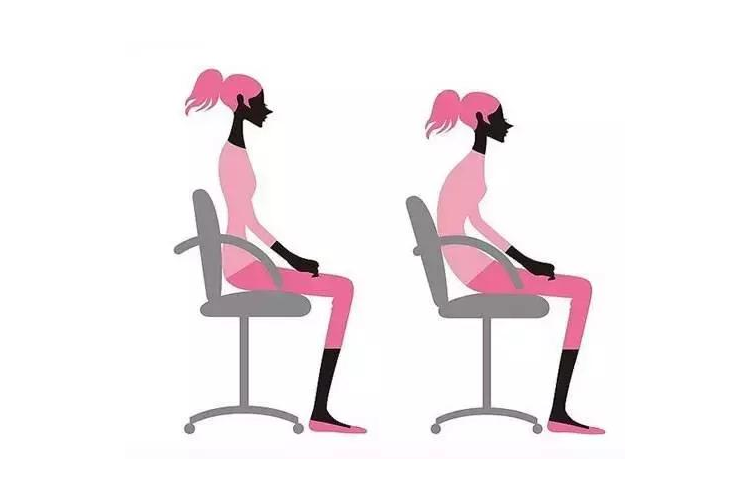As human beings, we spend a considerable amount of time sitting. Whether we are at work, in school, or at home, sitting for extended periods can be detrimental to our health. Therefore, it is essential to understand the best posture to adopt while sitting. One common debate is whether it is better to sit upright or lean back. In this article, we will explore the advantages and disadvantages of each posture and determine which one is better for our overall health.
Outline:
I. Introduction II. The Effects of Sitting III. Advantages and Disadvantages of Sitting Upright A. Advantages B. Disadvantages IV. Advantages and Disadvantages of Leaning Back A. Advantages B. Disadvantages V. Which is Better for Your Health? VI. Conclusion VII. FAQs
The Effects of Sitting
Sitting for long periods can have several negative effects on our health, such as poor posture, back pain, neck pain, and increased risk of cardiovascular diseases. Therefore, it is essential to adopt a posture that will help alleviate these effects.
Advantages and Disadvantages of Sitting Upright
Advantages
Sitting upright, also known as maintaining a neutral spine, has several advantages. It helps to maintain good posture, reducing the risk of back pain and neck pain. It also promotes blood flow, allowing for optimal oxygen and nutrient supply to the muscles.
Disadvantages
However, sitting upright for extended periods can also have disadvantages. It can lead to discomfort and fatigue in the muscles as they have to work harder to maintain their position. Additionally, sitting upright can put more pressure on the discs in the lower back, increasing the risk of herniation.
Advantages and Disadvantages of Leaning Back
Advantages
Leaning back, also known as reclining, has its advantages as well. It helps to alleviate pressure on the lower back and discs, reducing the risk of herniation. It also reduces the amount of pressure on the feet, which can be beneficial for individuals with certain medical conditions.
Disadvantages
On the other hand, leaning back for extended periods can also have disadvantages. It can cause discomfort in the neck and upper back as the head is unsupported. Leaning back can also reduce blood flow to the legs, increasing the risk of blood clots.
Which is Better for Your Health?
Ultimately, the best posture to adopt while sitting depends on the individual’s specific needs and preferences. However, it is essential to strike a balance between sitting upright and leaning back. For example, one can alternate between the two positions or use an ergonomic chair that allows for both postures. It is also crucial to take breaks and stretch regularly to alleviate any discomfort or fatigue.
Conclusion
In conclusion, whether it is better to sit upright or lean back is subjective and depends on several factors. While sitting upright helps to maintain good posture and blood flow, it can also cause discomfort and fatigue in the muscles. Leaning back can alleviate pressure on the lower back and feet, but it can also cause discomfort in the neck and reduce blood flow to the legs. Therefore, it is essential to find a balance between the two positions and adopt a posture that promotes overall health.
FAQs:
Is it better to sit upright or lean back? It ultimately depends on your personal preference and the activity you are engaging in while sitting. However, sitting upright can help maintain good posture and prevent back pain, while leaning back can provide relaxation and reduce pressure on the spine.
How can I improve my posture while sitting? Try to sit with your back straight and your feet flat on the ground. Keep your shoulders relaxed and your head aligned with your spine. You can also use a lumbar support cushion or adjust your chair to provide better support for your lower back.
How long should I sit at a time? It’s important to take regular breaks and avoid sitting for long periods of time. Aim to stand up and stretch at least once every hour, and take a short walk or move around every 30 minutes.
Can sitting for long periods of time be harmful to my health? Yes, sitting for extended periods of time can increase the risk of various health problems, including obesity, diabetes, heart disease, and back pain. It’s important to take frequent breaks and engage in physical activity throughout the day to counteract the negative effects of sitting.
Are there any specific exercises I can do to improve my posture while sitting? Yes, there are various exercises and stretches you can do to improve your posture and reduce the risk of back pain while sitting. Some examples include shoulder blade squeezes, chest stretches, and hip flexor stretches. Consult with a healthcare professional for personalized recommendations.

